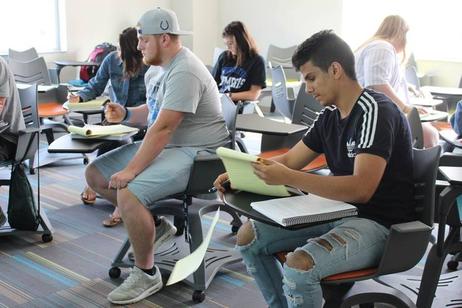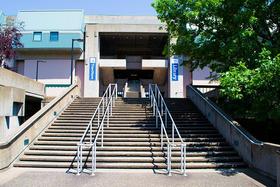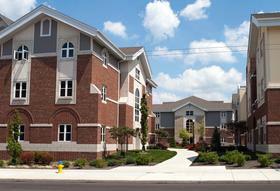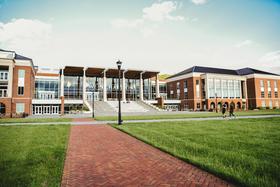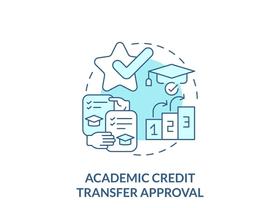Recent statistics have shown that it takes much more than a simple decision to attend community college to succeed in one of these institutions. In California, only 30% of community college students are receiving the benefits a college education can offer.
Study Results Concerning
A new study conducted by the Institute for Higher Education Leadership & Policy at Cal State Sacramento and reported by the Los Angeles Times found that the large majority of community college students failed to obtain a degree or transfer to a four-year institution. These students typically dropped out – some with a significant amount of debt and no degree to help them. In addition, only 40% of community college students achieved sufficient credit hours in school to boost their potential in the workforce.
The study also found a large disparity between minority and Caucasian students, with only 26% of African-American students and 22% of Latino students earning a degree, certification, or transfer to a four-year university within six years. This compared to 37% of Caucasian students or 35% of Asian Pacific Islanders who saw success in community college. One possible reason for the difference is that many minority students in the California public school system find themselves in overcrowded classrooms with less access to qualified teachers and counselors.
This video reports on how four community college leaders leverage EAB research and technology to address institutional priorities.





